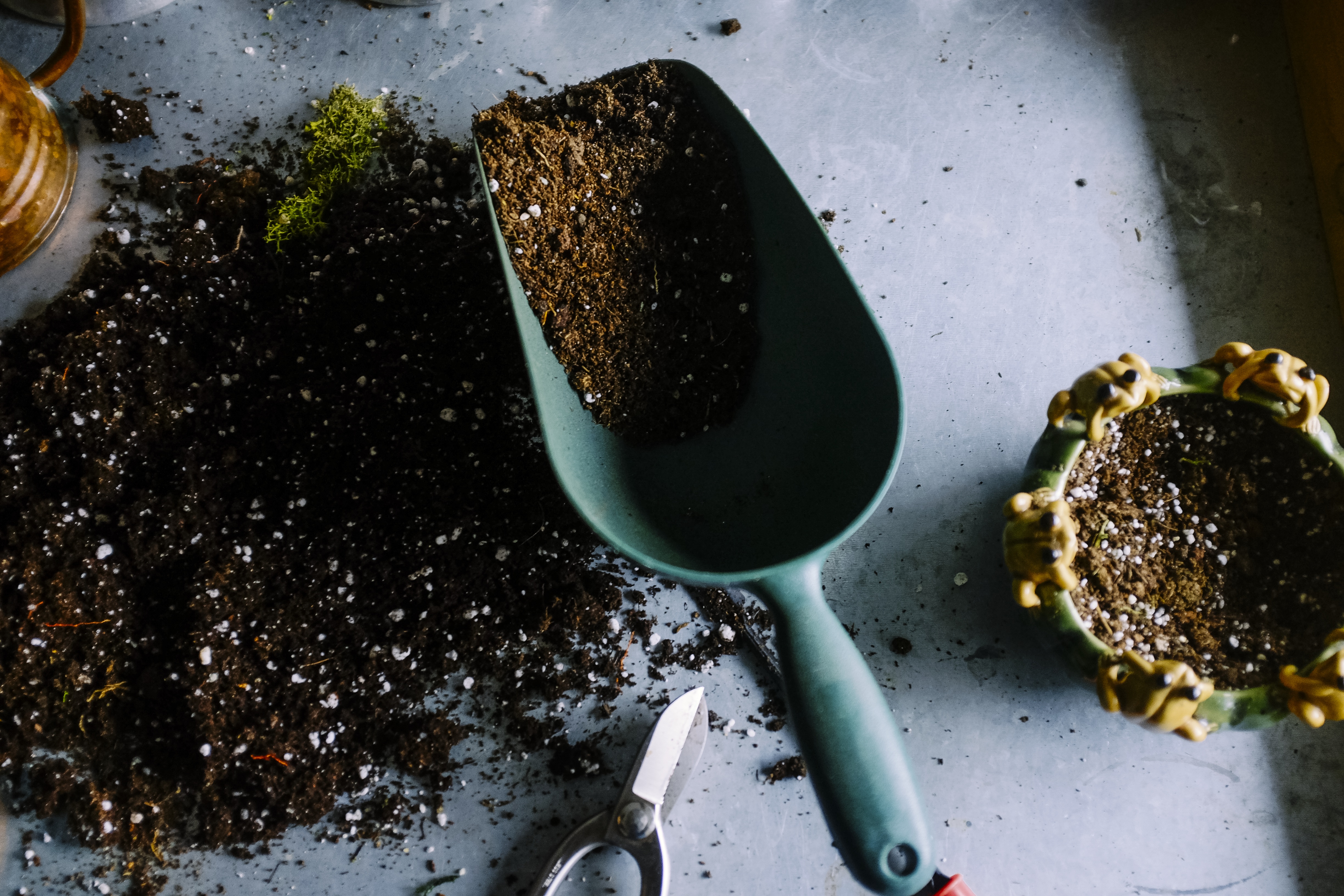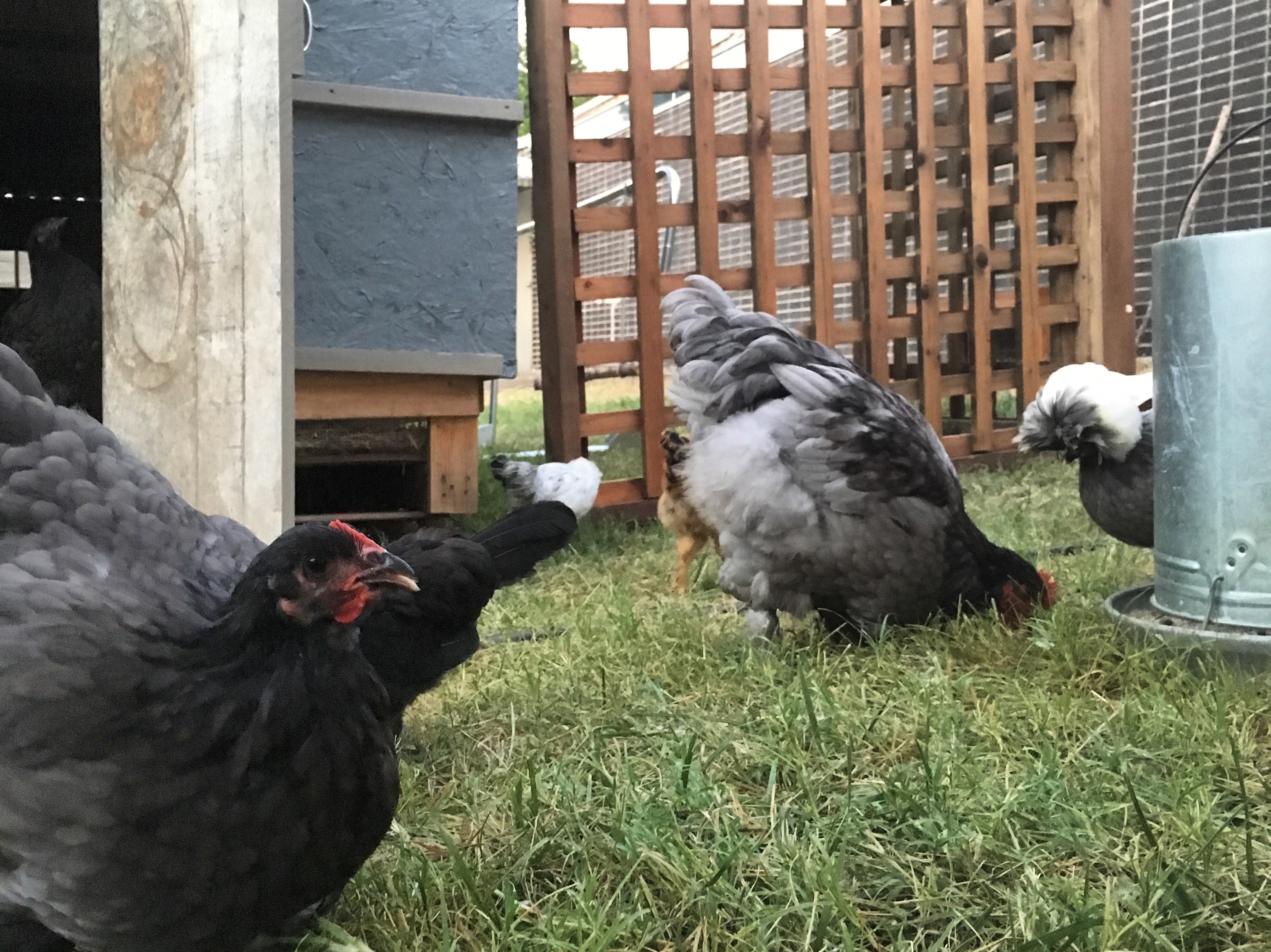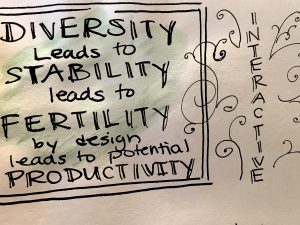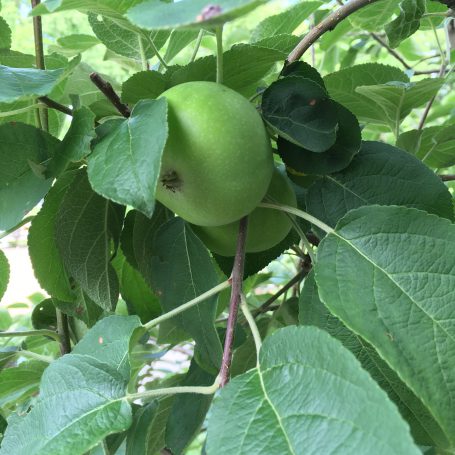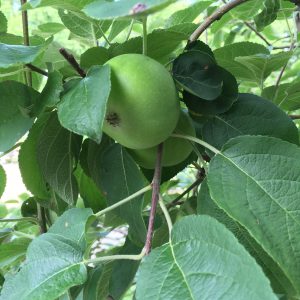Three Foundations of Permaculture
The word “permaculture” is a portmandeau word, which combines the sounds nad meanings of two distinct words, in order to create a new word. In this case, the words ‘permanent’ and ‘agriculture’ are blended to create a design system that utilizes the cultivation of earth and community in a way that brings about long-term abundance. Permaculturists, over the years, have identified three veins running through this central idea. The three foundations of permaculture have supplied life and provided boundaries to the wild growth of the permaculture movement over the past fifty years. These foundations are Earth Care, People Care, and Fair Share. Coined and popularized by David Holmgren, these foundations balance and invigorate each other, and are essential to the purpose and spirit of the practice.
The First Foundation: Earth Care
Earth Care is probably the most prominent and easily recognizable foundation of permaculture, but perhaps as little understood for the light of its popularity. People sometimes think of Earth Care as a secret method, or a set of strings to pull, that will unlock the wealth of the earth for human use. This is the antithesis of Earth Care, and a harmful mindset to carry. Earth Care is the unselfish cultivation of the planet, so that it may live and be abundant for its own sake. As stewards of this beautiful and intricate creation, we are responsible to bring it to fullness. First we study the design so masterfully laid in every aspect of the natural system, then we order and channel every element into that design until life and energy flow as they were meant to. Practitioners of permaculture design are not changing the trajectory of nature, but instead are helping it along the path to speed up bioremediation and the healing of the land.
 The Second Foundation: People Care
The Second Foundation: People Care
The second foundation of permaculture is the notion of People Care, which emphasizes personal wellness, physically and spiritually, and relational wellness between individuals. As with the first foundation, People Care is not interested with the indulgence of the body in excess or unhealthy food, but in eating which brings wellness and strength. In the same way, greed and pride are denied and the community is cultivated by a supernatural spirit of giving, love, and hope. These internal realities and codes of living help cultivate a mindset of wellness that impacts the minds, bodies, and spirits of the individuals. In such a community, independence and self-reliance are exchanged for responsibility and the willingness to help. This atmosphere of selfless service and goodwill provides for the long-term needs of individuals as well as the health of an interdependent community.
The Third Foundation: Fair Share
This third foundation puts boundaries in place, ensuring that the abundance produced by the first two foundations is not abused or misused. In many cases, kindly permaculturists give away most or all of their produce, and are forced to look beyond their own land for livelihood. Though well intended, it’s important for us to receive fair return on our labor. In other cases opportunists use the principles of permaculture to increase their own wealth, giving only when necessary, holding back from earth and man alike. Neither of these extremes is in line with permanent agriculture, because they destroy balance and cut off life and energy from a part of the system. The foundation of Fair Share is meant to ensure that the permaculturist retains just enough to meet his own needs, pay his workers, and sow the surplus back into the earth and the community. Fair share, however is not merely about financial or monetary gain, but also about the productive abundance that is sown back into the individuals participating.
The three foundations of permaculture are like elements in nature, are interdependent and from them flow all the designs and techniques within permaculture. It’s the goal of each of these elements to create a healthy and thriving community that cares for it’s residents and the land they dwell on. When properly in balance, it creates an environment conducive to health and wellness of people, land, and economy. The community, family, or individual who practices them will find fresh meaning and vigor in the pursuit of peaceful and productive life.

